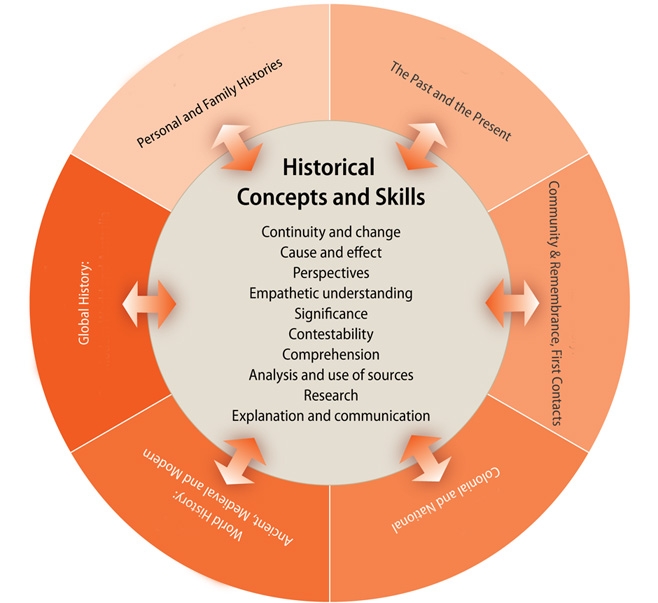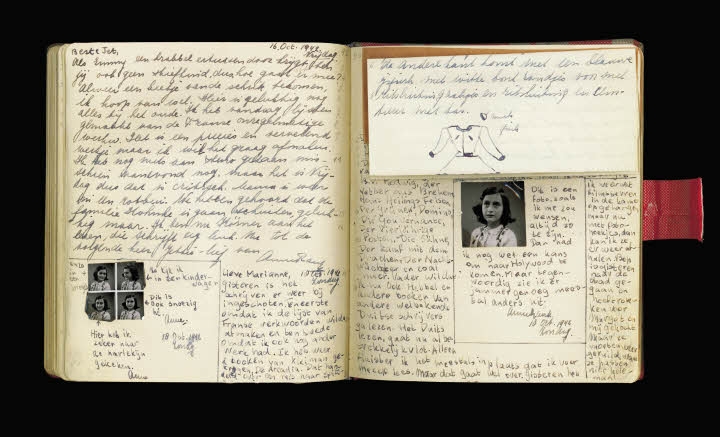Het arrangement Toolbox historical concepts and skills is gemaakt met Wikiwijs van Kennisnet. Wikiwijs is hét onderwijsplatform waar je leermiddelen zoekt, maakt en deelt.
- Auteur
- Laatst gewijzigd
- 25-04-2019 12:28:31
- Licentie
-
Dit lesmateriaal is gepubliceerd onder de Creative Commons Naamsvermelding 4.0 Internationale licentie. Dit houdt in dat je onder de voorwaarde van naamsvermelding vrij bent om:
- het werk te delen - te kopiëren, te verspreiden en door te geven via elk medium of bestandsformaat
- het werk te bewerken - te remixen, te veranderen en afgeleide werken te maken
- voor alle doeleinden, inclusief commerciële doeleinden.
Meer informatie over de CC Naamsvermelding 4.0 Internationale licentie.
Aanvullende informatie over dit lesmateriaal
Van dit lesmateriaal is de volgende aanvullende informatie beschikbaar:
- Toelichting
- This toolbox will help you to develop your historical skills and provides you with knowledge of the concepts used in history teaching
- Eindgebruiker
- leerling/student
- Moeilijkheidsgraad
- gemiddeld
- Studiebelasting
- 4 uur 0 minuten
Bronnen
| Bron | Type |
|---|---|
|
kind and type of sources https://www.historyskills.com/source-criticism/analysis/source-kind-and-type/ |
Link |
|
interpretation of sources https://www.historyskills.com/source-criticism/interpretation/ |
Link |
|
representativeness https://www.historyskills.com/source-criticism/evaluation/representativeness/ |
Link |
|
The research process https://www.historyskills.com/researching/ |
Link |



